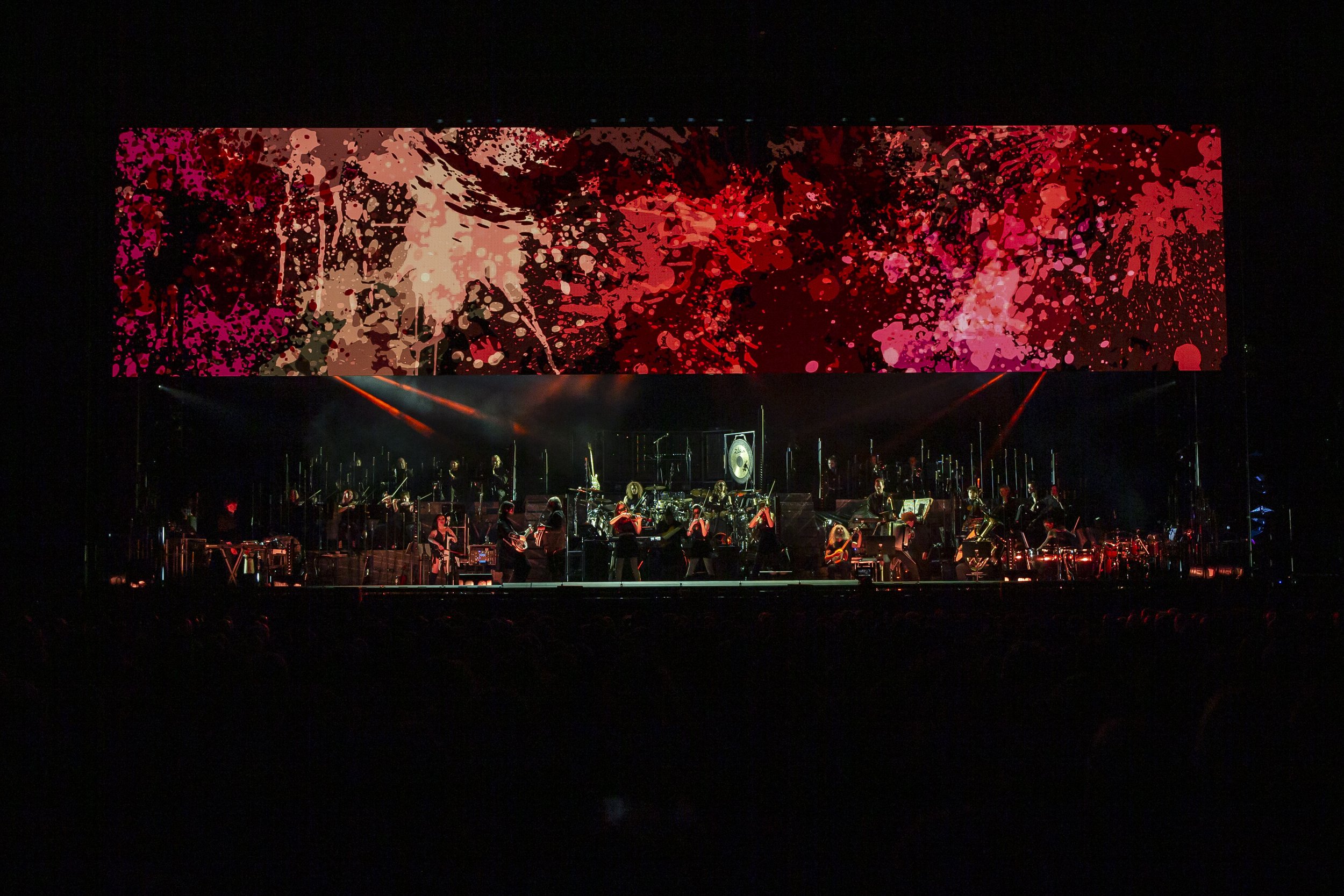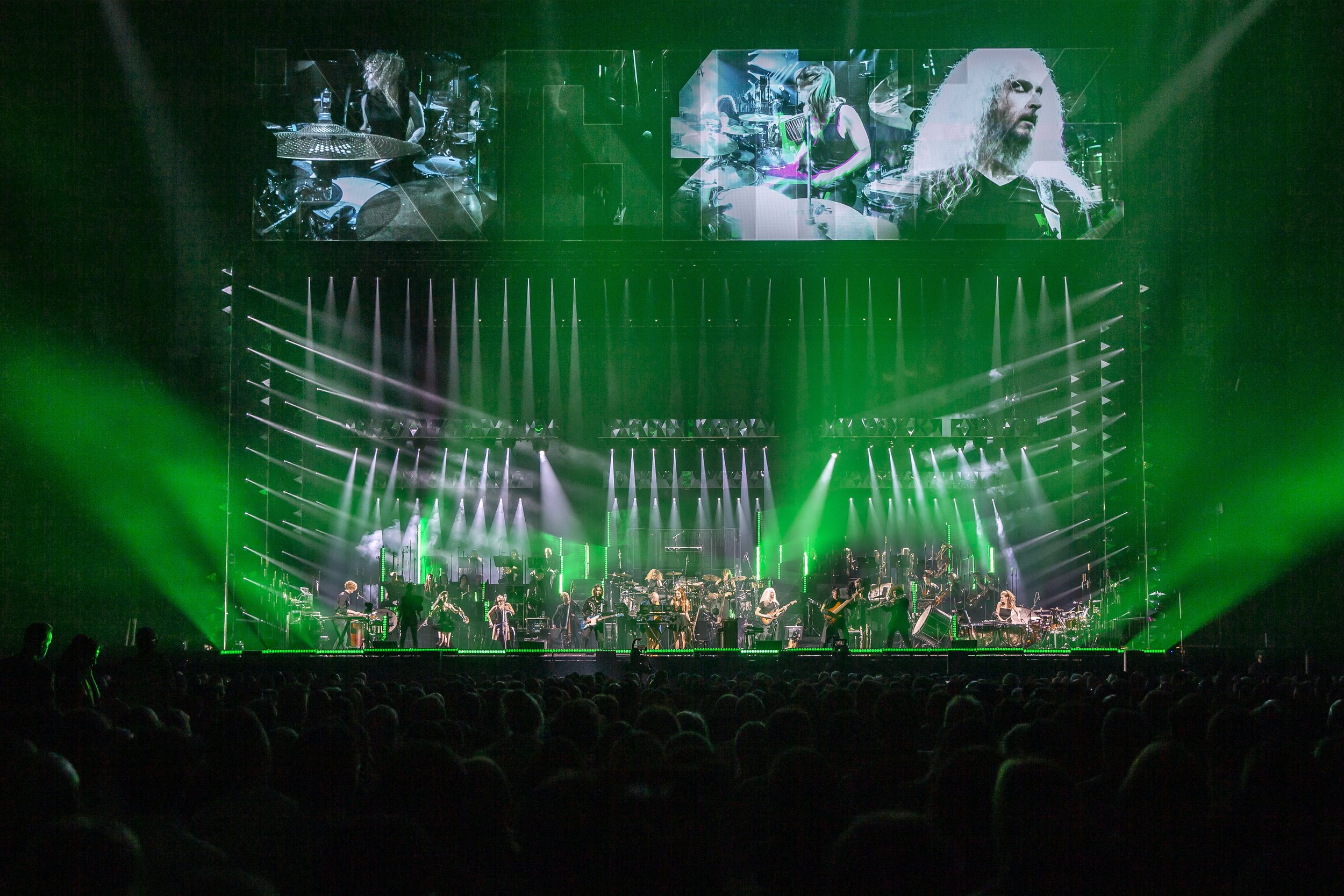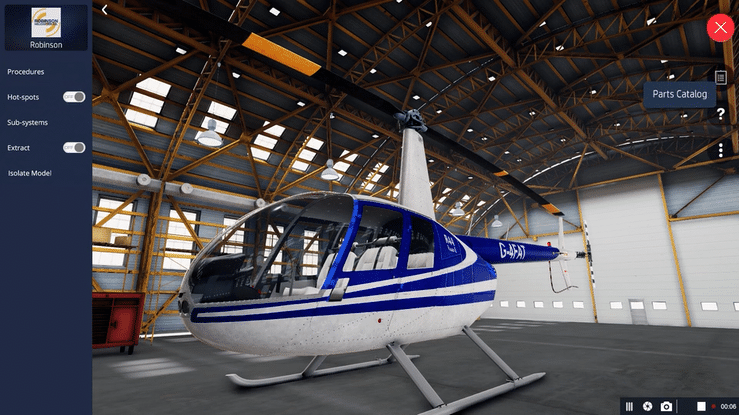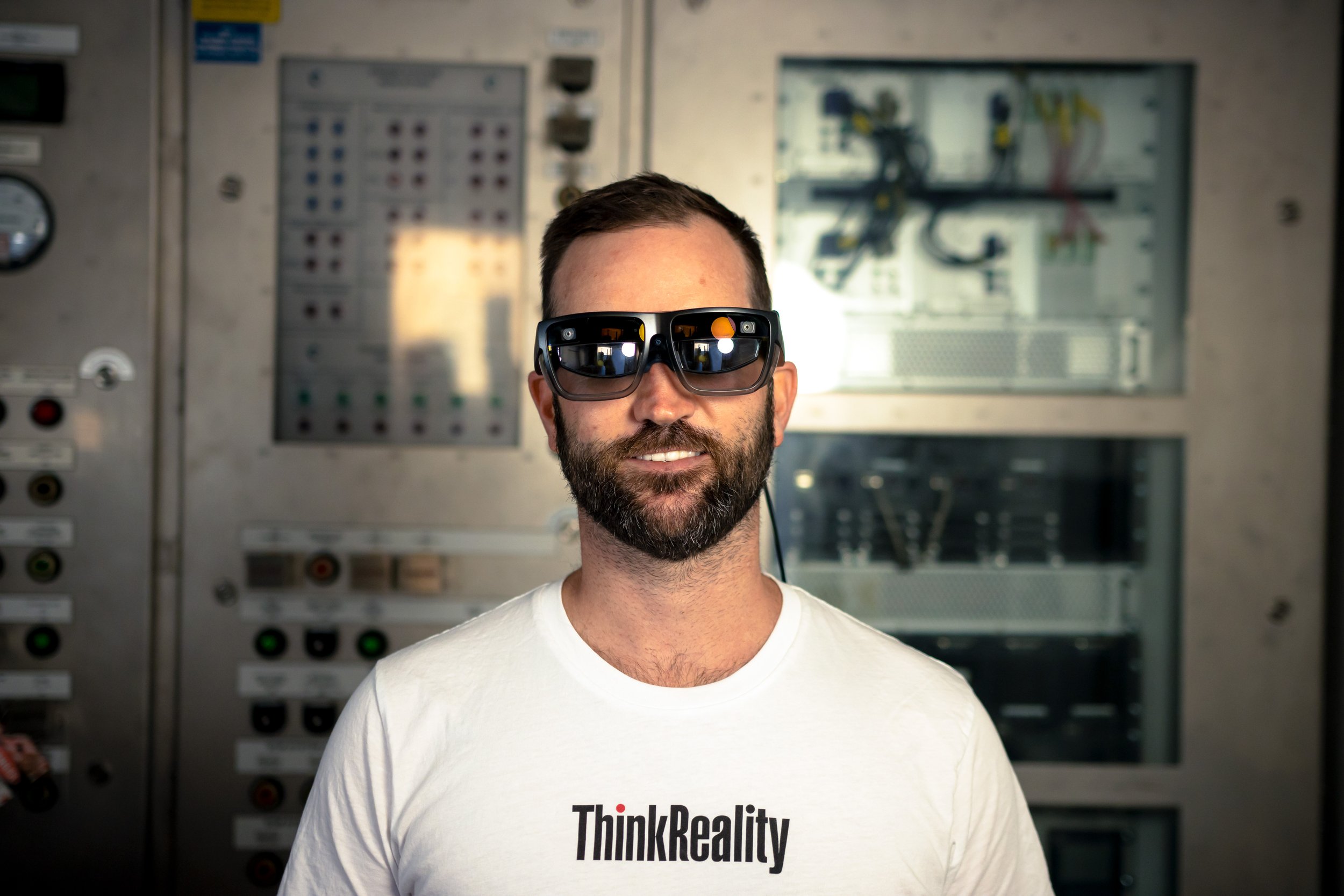(London, 25 May 2022) - disguise, the visual storytelling platform and market leader for extended reality (xR) solutions has launched its Metaverse Solutions division to enable the next generation of extraordinary live, virtual production and audiovisual location-based experiences for the metaverse.
The recent rise of real-time 3D graphics rendering capabilities in gaming platforms means that today’s audiences are craving richer, more immersive experiences that are delivered via the metaverse. While the metaverse is already defined as an $8 trillion dollar opportunity by Goldman Sachs, companies are still finding it challenging to navigate the technical elements needed to start building metaverse experiences.
disguise Metaverse Solutions will build on already existing disguise solutions that empower live events, audiovisual, location-based experiences and virtual production content in order to allow businesses to start taking advantage of the unique opportunities the metaverse has to offer.
Launched within the past two years, disguise’s market-leading extended reality (xR) workflow has powered over 600 productions in over 50 countries. These include the delivery of live events in the metaverse, such as Kaskade’s in Fortnite and Rocket League as part of its Llama-Rama event series as well as supporting launches for major brands like Gucci and Ferrari.
disguise will further leverage their extended reality solution together with their partnerships with metaverse event enablers Surreal and advanced content creators Zoan while also combining their workflows and expertise with Epic Games’ suite of applications, such as architectural visualisation tool Twinmotion, web 3D viewer Sketchfab and 3D photogrammetry software Capturing Reality. With this, disguise will build capability to offer virtual production workflows custom-designed for the metaverse.
In the metaverse, live concerts hold more appeal than any other experience, with 45% of all adults eager to listen to live music in a virtual world. According to Rolling Stone, we are on the brink of a virtual artist revolution with Ariana Grande, J.Balvin and DJ Marshmello being the early adopters.
For over twenty years, disguise has powered spectacular experiences including music performances for the biggest artists in the world: Billie Eilish, Ed Sheeran, Camilla Cabello, Katy Perry, DJ Kaskade and J.Balvin, as well as for major shows like Coachella and Glastonbury to name a few. Their solution has been used by brands like Nike, Underarmour, Volvo, Siemens and Walmart as well as to power spectacular augmented reality and projection mapping experiences in the 2020 Expo Al Wasl Plaza dome, the BTS ‘Love Yourself, Speak Yourself’ Tour and rapper Dave’s Brit Awards performance.
disguise’s ability to enable infinitely scalable content has been used extensively in entertainment venues such as the newly-opened Nashville-based Nightscape venue and the Atlanta and Vegas-based Illuminariums which, through cinematic scenes generated in real-time at a 240-degree native field of view, allow visitors to experience being in another world, without using any VR devices.
This rich history will allow the new division to work with major and emerging Metaverse platforms, such as Fortnite, Roblox, Sandbox, Niantic and others, to deliver integrated solutions so brands and performers can create metaverse experiences that resonate with their audiences.
“Our mission is to help create experiences that challenge expectations. We believe in connecting the physical with the virtual worlds, to create Gateways to the Metaverse. Through this we will enable a world that fulfils essential human needs: to connect, to collaborate and to be included. The promise of the Metaverse is to unleash a new wave of opportunities for every kind of creator, including partners, brands, and performers alike. We have always focused on simplifying complex technology to unlock creativity that empowers our users to create the most amazing experiences. The creation of our Metaverse Solutions division and the launch of disguise Labs, are a key part of this strategy”, says disguise CEO Fernando Küfer.
Led by disguise Chief Experience Officer, Alex Wills, the Metaverse Solutions division will be fuelled by the creativity, technical consultancy and innovation from disguise’s newly-formed exploration unit named disguise Labs that is led by disguise’s Chief of Staff, Abi Bowman.
disguise Labs will be a global initiative, creating unique spaces for brands, creatives and technologists to test and experiment metaverse workflows. First established in New Zealand by Sam Folkard, Head of Labs New Zealand, Labs will now expand - bringing together local partners in key locations such as Los Angeles, New York, South Korea, London and Montreal. disguise’s Global Head of Labs, Lara Bowen will be leading Labs’ global expansion.
Built in partnership with experts in virtual production, live shows, broadcast and corporate communication, these Metaverse Experimentation Spaces will ignite innovation for future metaverse experiences. Brands or creatives wanting to explore the metaverse are invited to make use of the unique workflows, technology and expertise these spaces have to offer.
“There is a huge amount of interest and investment in this space right now and, what is most exciting about launching this new division is that we offer a tangible solution to help brands and creators develop the next generation of experiences. Our xR technology combines key metaverse building blocks including real-time 3D graphics, spatial technologies and advanced display interfaces – all to deliver a one-of-a-kind gateway to the metaverse,” says disguise CXO and Head of Metaverse Solutions Alex Wills.
If you would like to learn more, join us at our next webinar, ‘Opening the Gateway to the Metaverse’, taking place on 15 June 2022 in the Metaverse via the Surreal Platform and featuring key thought leaders from Epic Games, Amazon AWS, and disguise.
Sign up here
Access our media pack.
# # #
About disguise
disguise is the platform to imagine, create and deliver spectacular visual experiences. Its award-winning extended reality (xR) solution has powered over 600 immersive real-time productions across live entertainment for music artists such as Katy Perry and Billie Eilish, film and episodic TV productions for Netflix and Amazon Prime, corporate presentations for Siemens and Verizon, and live broadcast programmes from Eurosport, MTV and ITV, in more than 50 countries.
With an ever increasing global partner network and working alongside the world’s most talented visual designers and technical teams in live events, TV broadcasts, films, concert touring, theatre, fixed installations and corporate and entertainment events, disguise is building the next generation of collaborative tools to help artists and technologists realise their vision.
Recognised as one of the Financial Times’ top 1000 fastest growing businesses for 2021, disguise has recently announced new majority backing from investment firm Carlyle Group, with Epic Games taking a minority stake.
For more information, please visit www.disguise.one
Germany https://www.disguise.one/de
France https://www.disguise.one/fr
Spain https://www.disguise.one/es
Japan https://www.disguise.one/jp
China https://www.disguise.one/cn
Korea https://www.disguise.one/kr


















